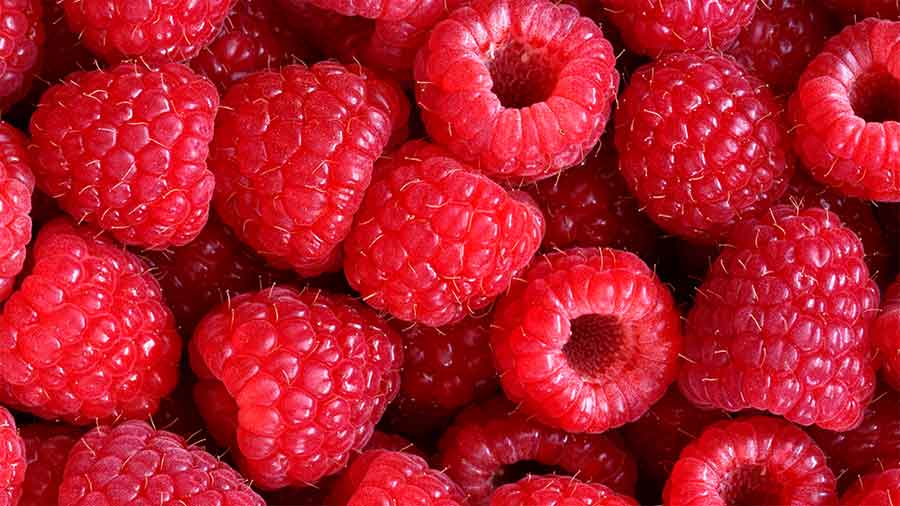Raspberries, are very delicate, beautiful and delicious little fruits, excellent for the health of the female reproductive system and to relieve menstrual cramps. They help expel mucus and phlegm, and detoxify. The leaves (in a tisane) may also alleviate nausea in pregnancy and relieve menstrual cramps
Benefits of Raspberries
They help expel mucus and phlegm, and detoxify. The leaves (in a tisane) may also alleviate nausea in pregnancy and relieve menstrual cramps.
Consuming fruits and vegetables of all kinds has long been associated with a reduced risk of many adverse health conditions.
A high consumption of plant foods, such as raspberries, appears to decrease the risk of obesity, diabetes, heart disease, and overall mortality. It can also promote a healthy complexion, increased energy, and overall lower weight.
Nutrients and Calories
High in fiber, containing elagic acid (which may kill cancer cells), they are a good source of calcium, magnesium, phosphorus, potassium, vitamin B3 and vitamin C.
Calories: 64Kcal
Protein: 1.5 grams
Fat: 0.8 grams
Carbohydrate: 15 grams
Fiber: 8 grams
Sugar: 5 grams
Tips and Notes
Suggestions: Raw; with other fruits; in smoothies and some salads; to flavor vinegar.
Menu Combinations:
- Orange, strawberries, raspberries, blueberries, sour cherries and banana.
- Pineapple, raspberries, strawberries, tangerine and bananas.
- Banana bread with raspberries-strawberries-nectarine-peach and sour cherries with a topping of “Yosoya” (a mixture made from soy milk and home-made low fat lactose free yogurt).

